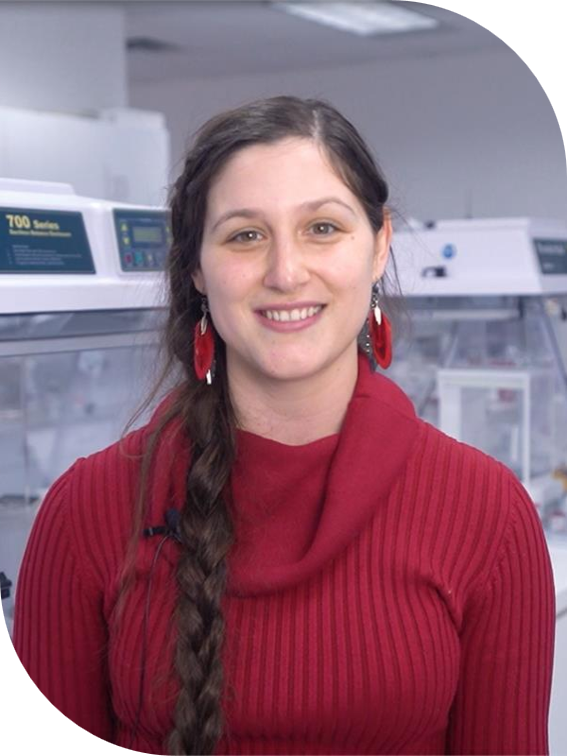Introduction to Veterinary Compounding: Cats and Dogs
Veterinary Compounding
Why should I take this course?
Course Lesson

Sarah Taylor, PharmaD
Sarah attended undergrad at St. Olaf College in Northfield where she majored in chemistry and worked in a lab synthesizing dendrimers for possible use as pharmaceutical delivery molecules. It was there that she first developed an interest in pharmacy. She graduated from St. Olaf and pursued her interest in pharmacy at the University of Minnesota College of Pharmacy. During school, she began working at a compounding pharmacy utilizing her chemistry and pharmacy background to develop formulas for a myriad of pharmaceutical dosage forms and applications. After graduation, she continued to work at the compounding pharmacy for a total of 5 years. She uses this experience to help with her current position as the manager of Fagron Academy. Her favorite types of compounds to make include tablet triturates and gummies.
